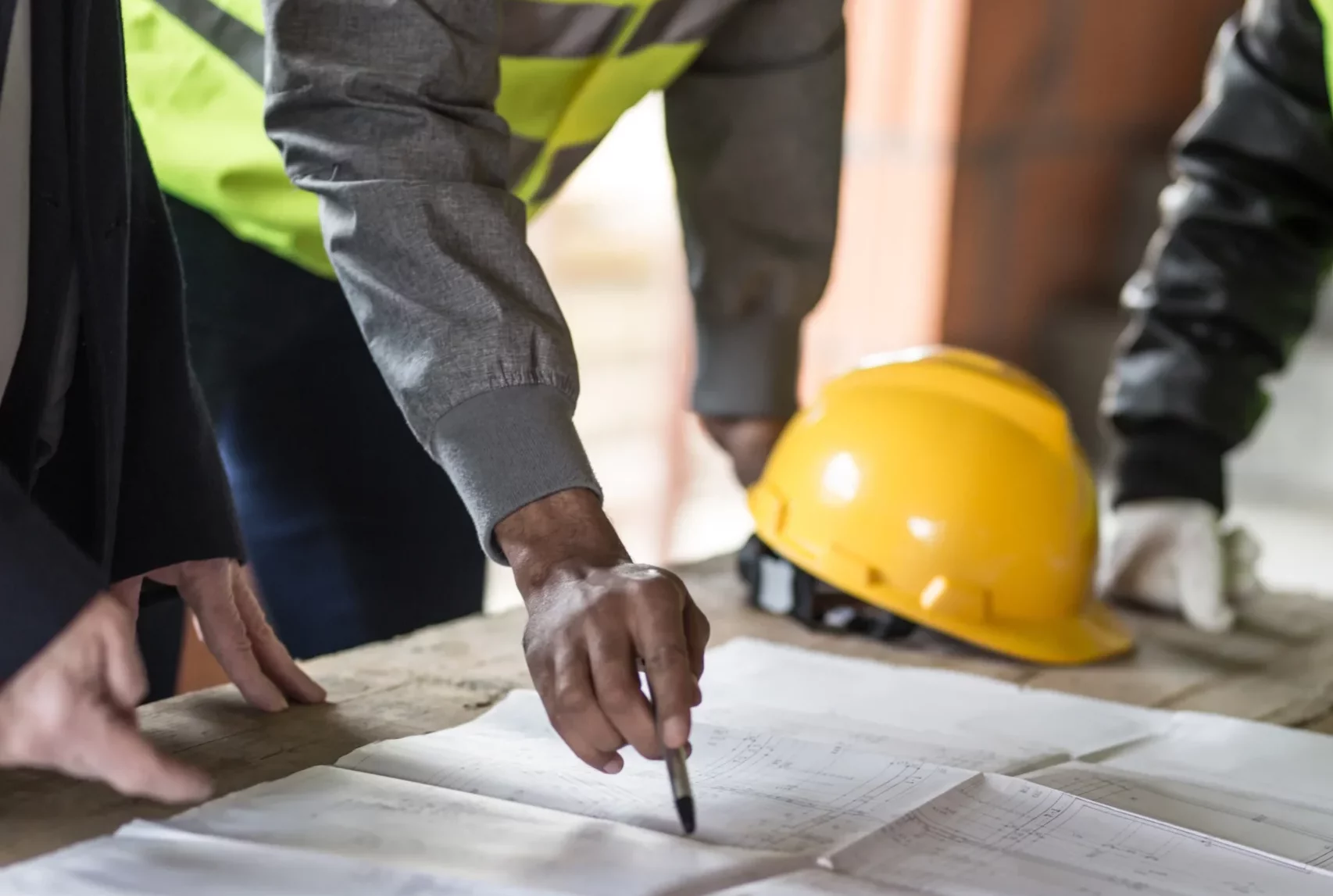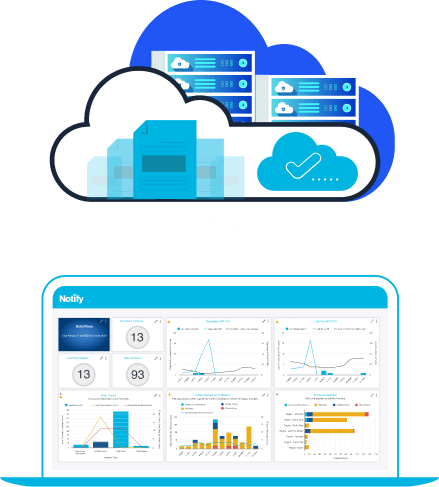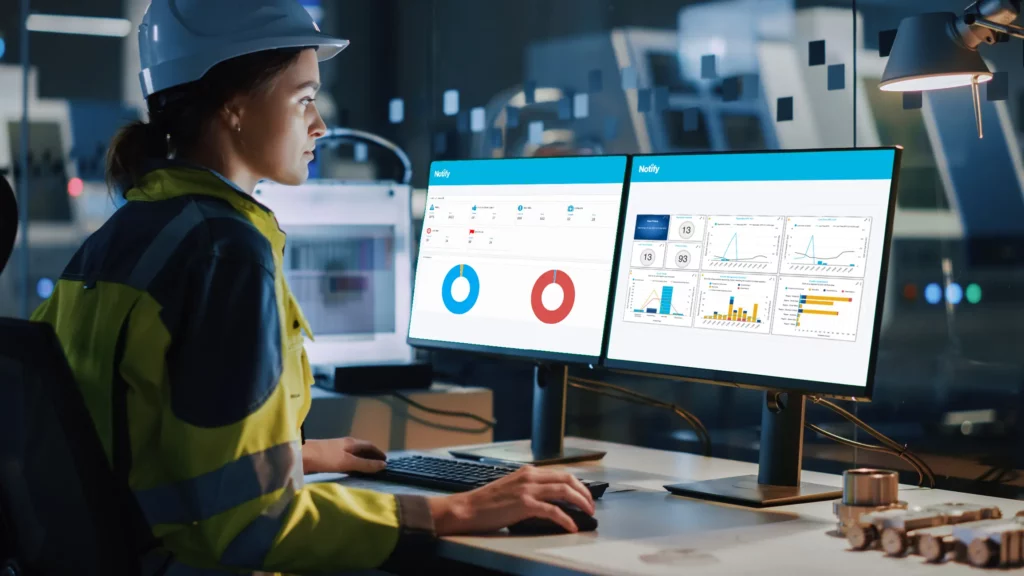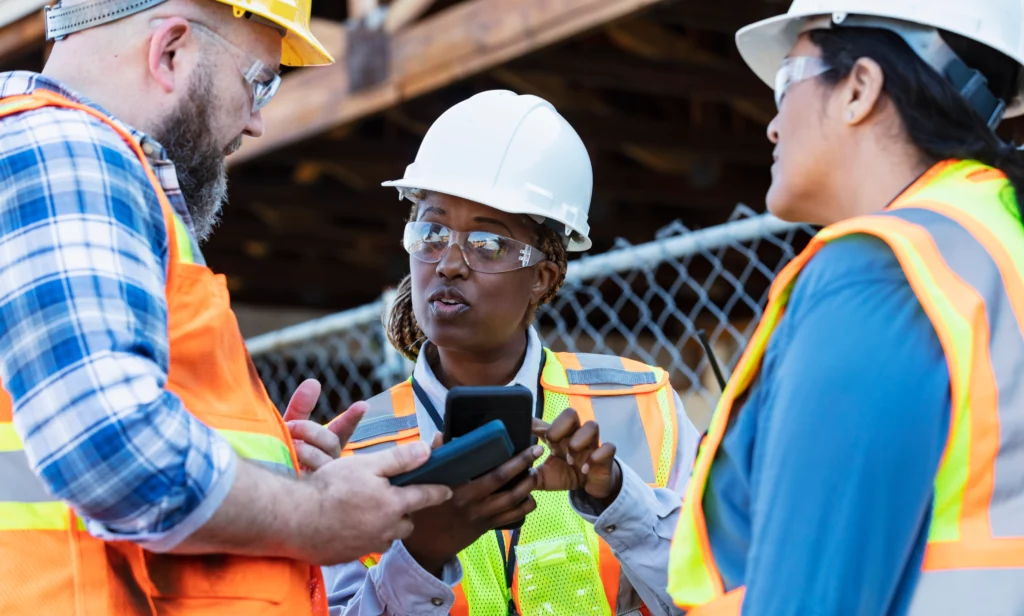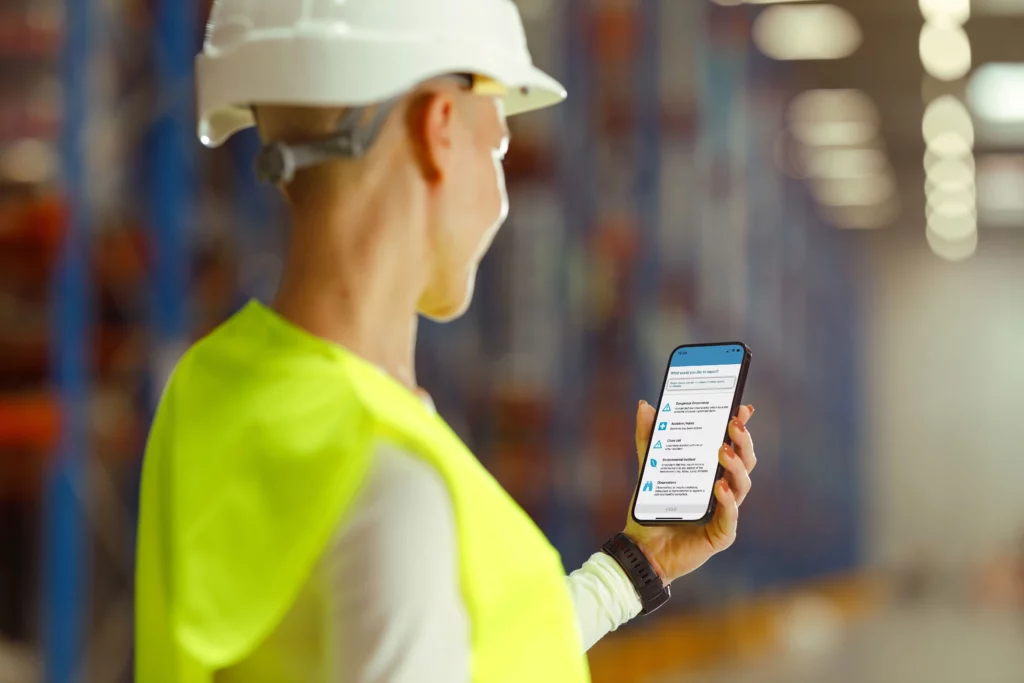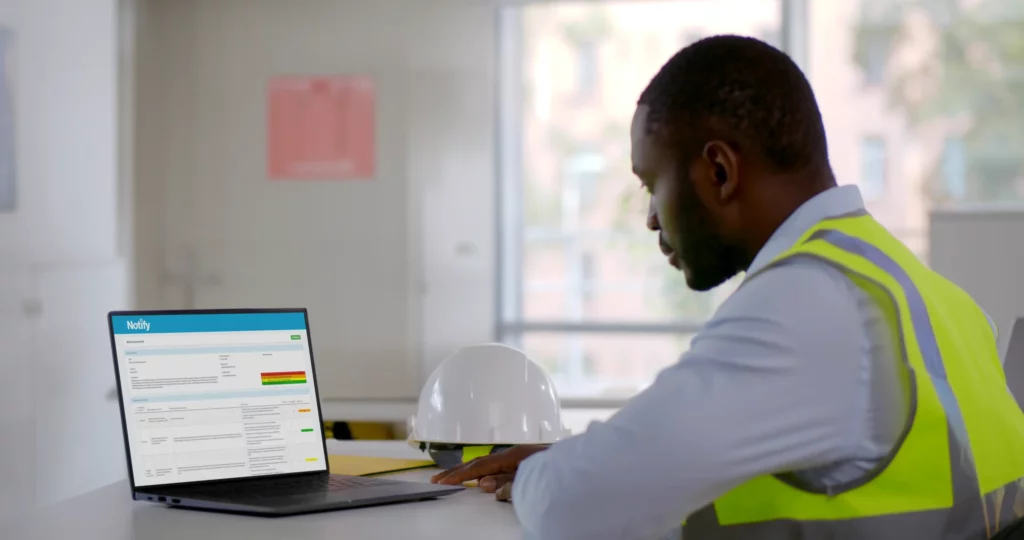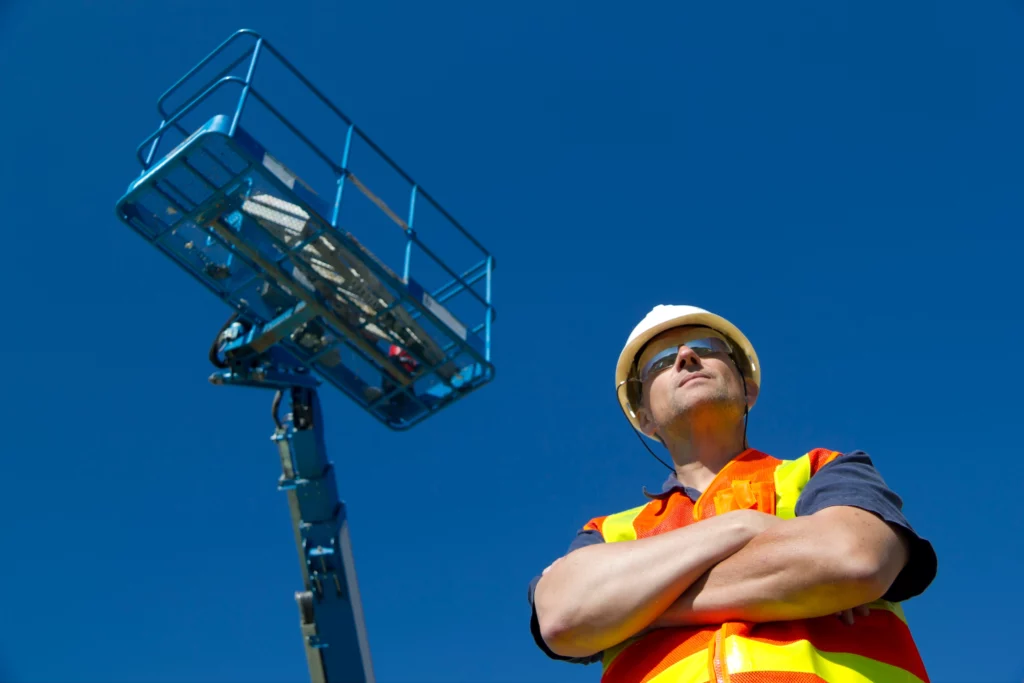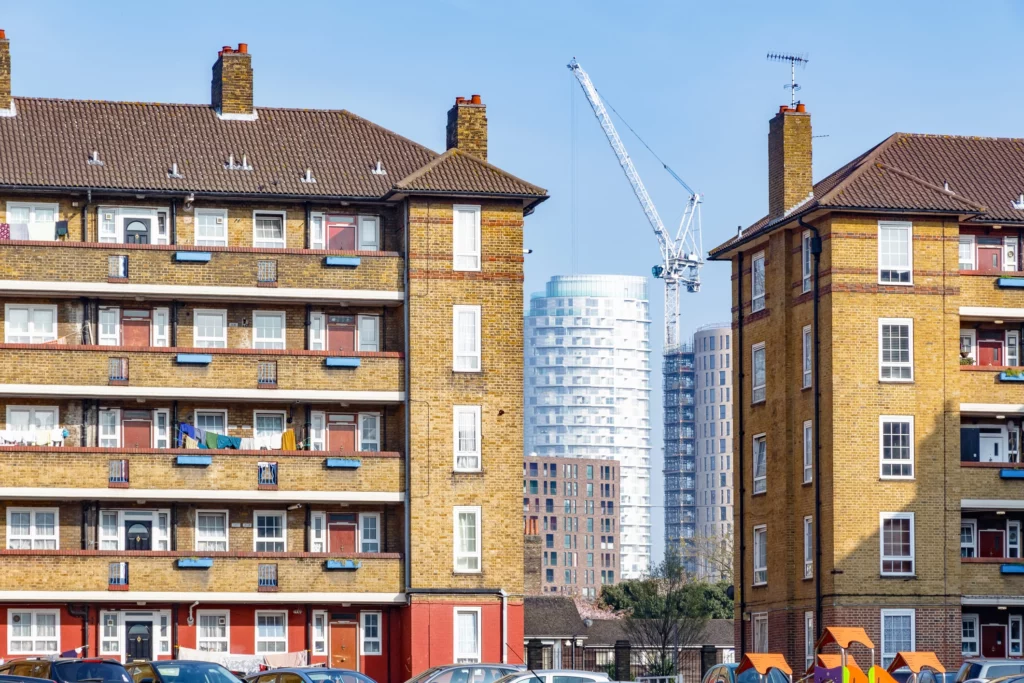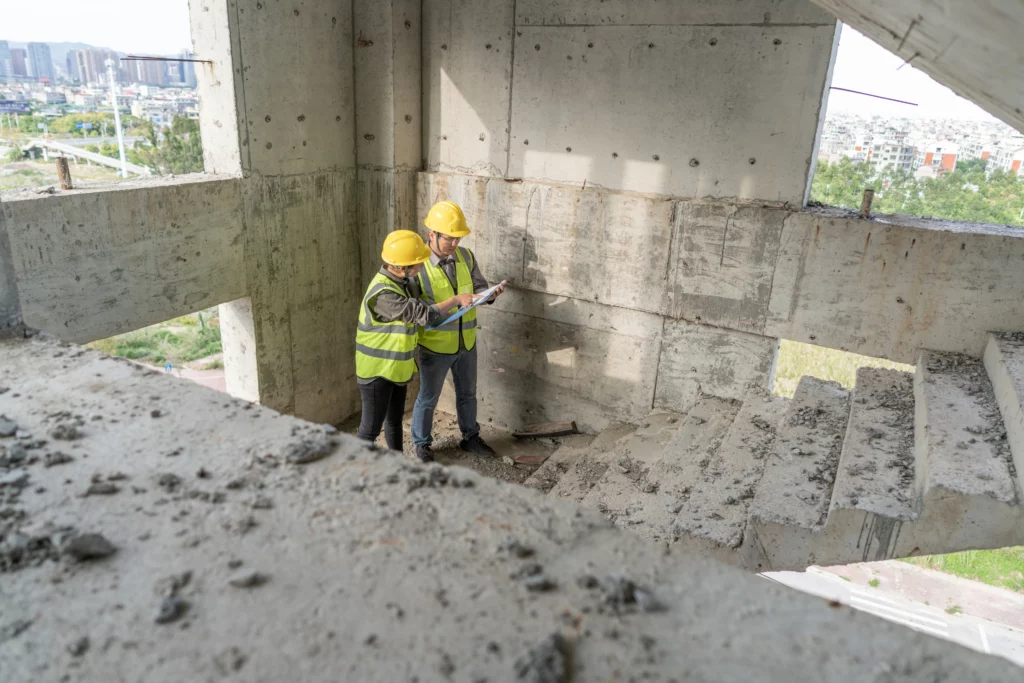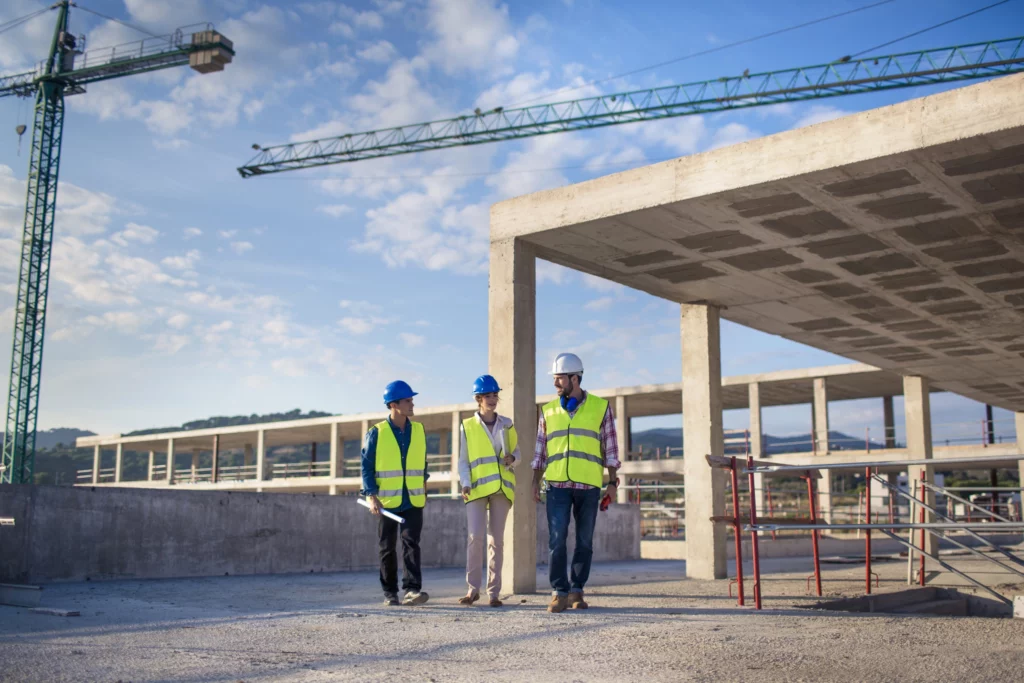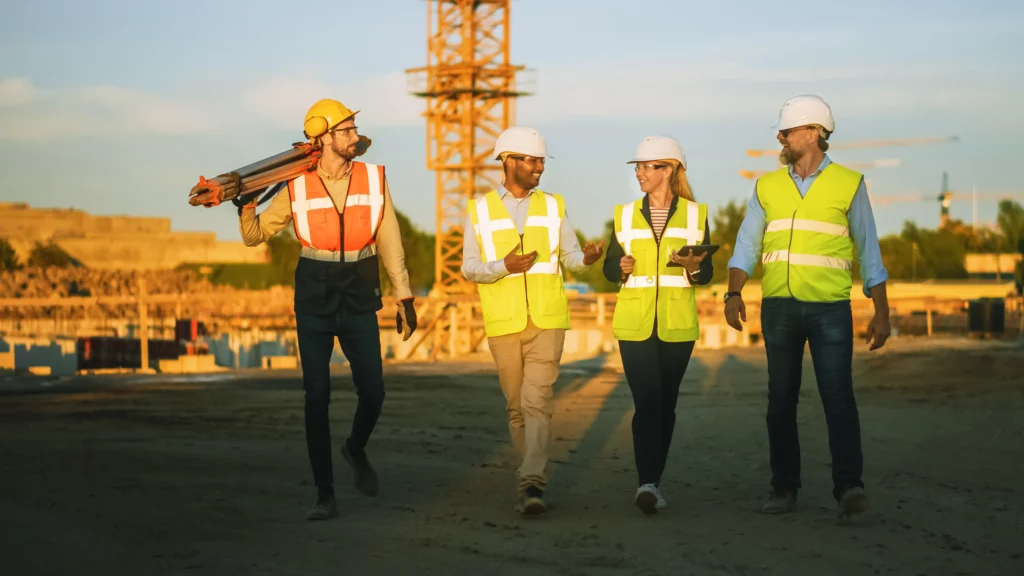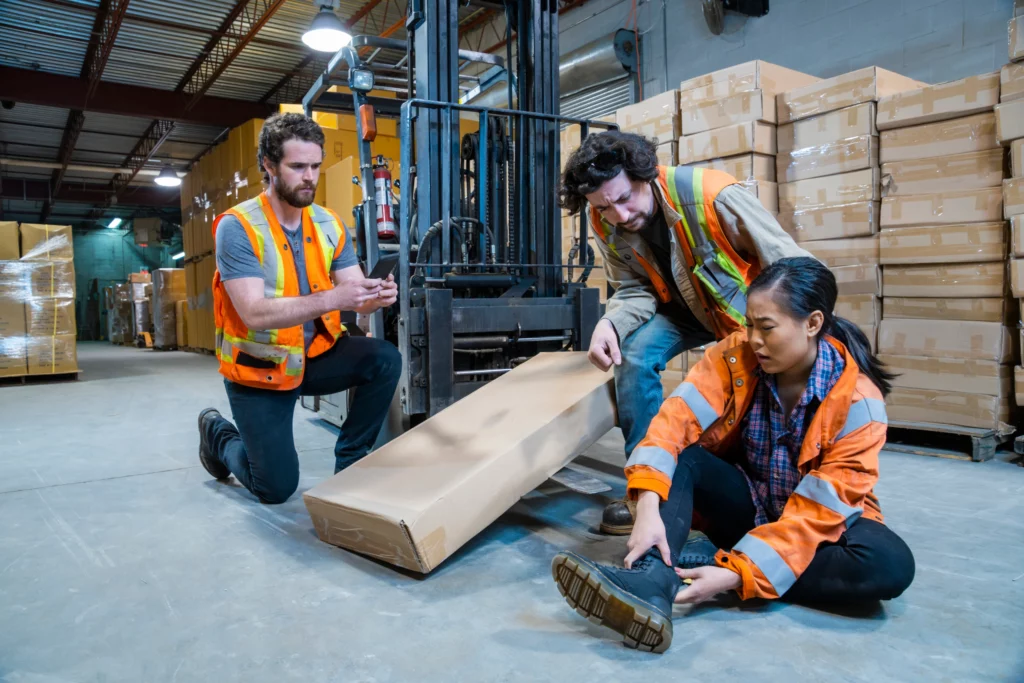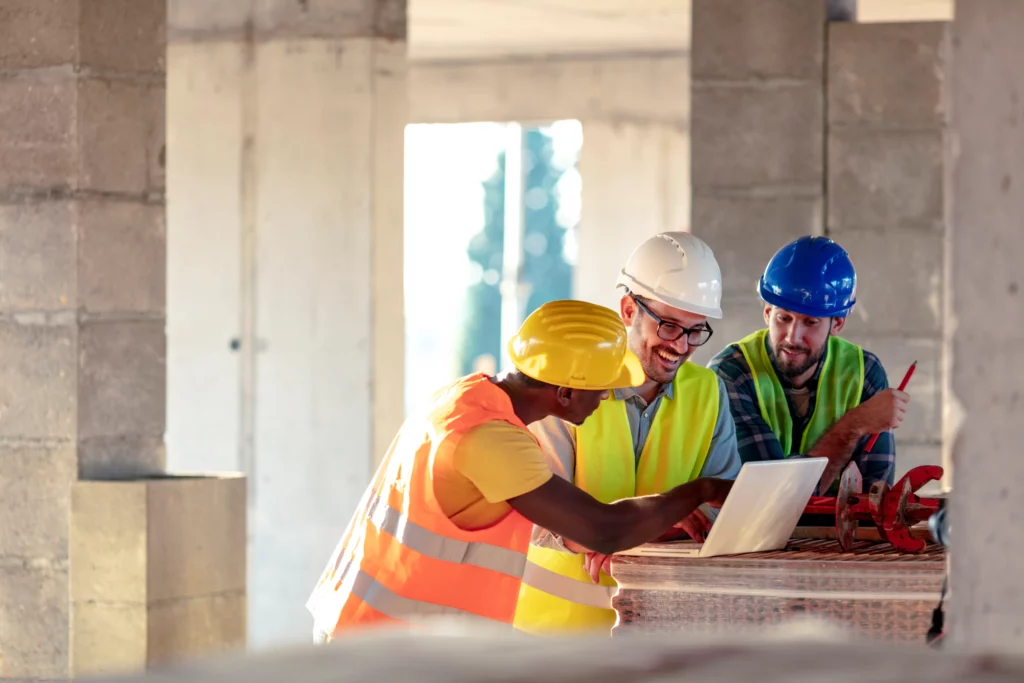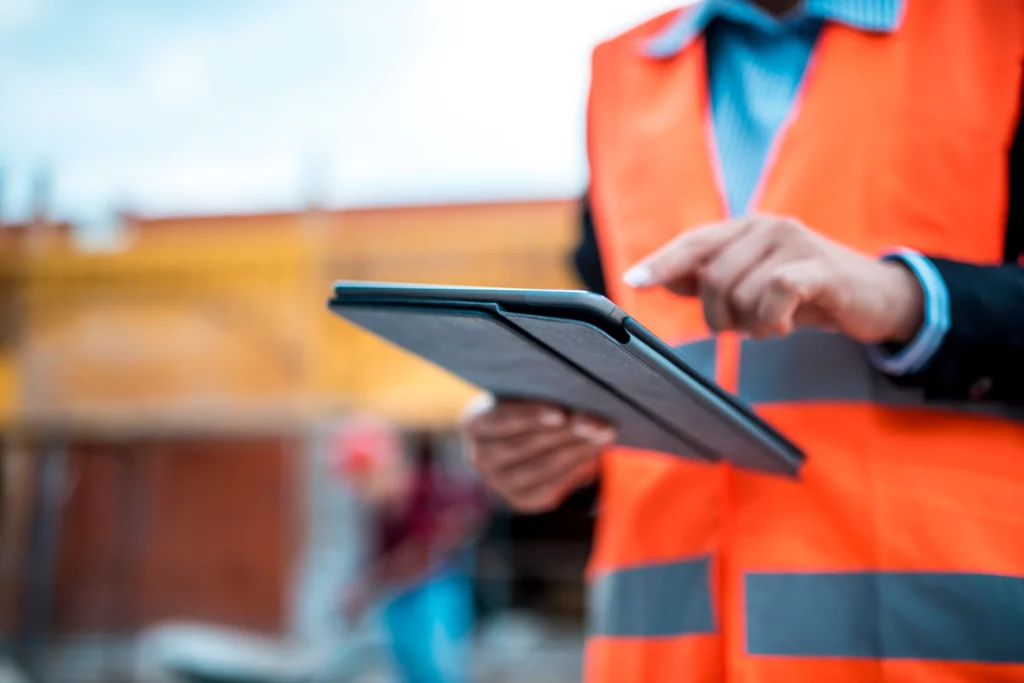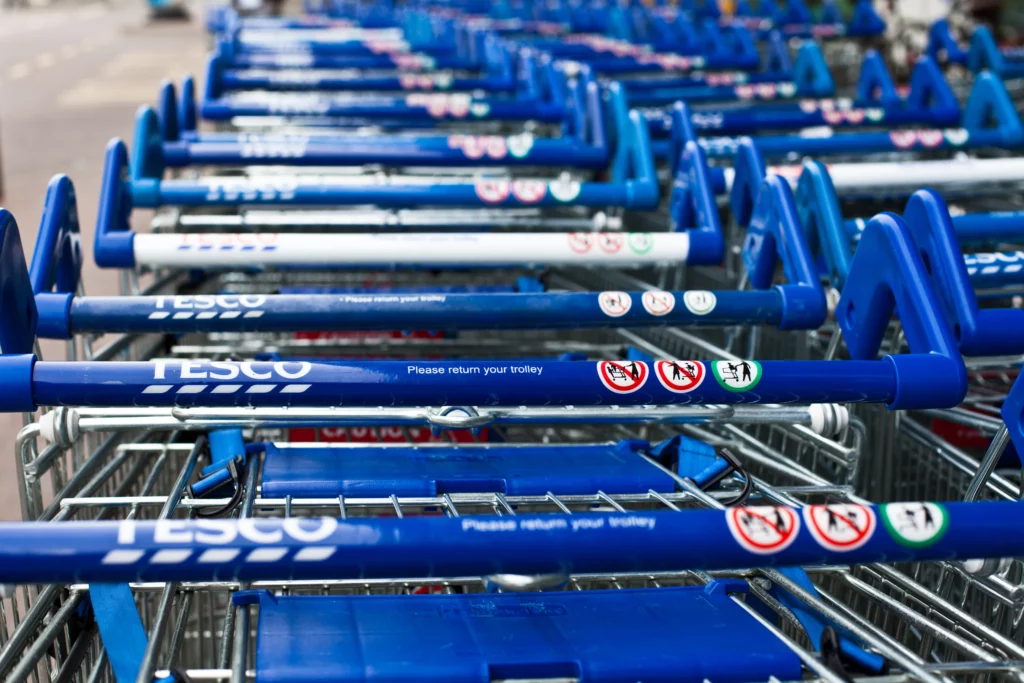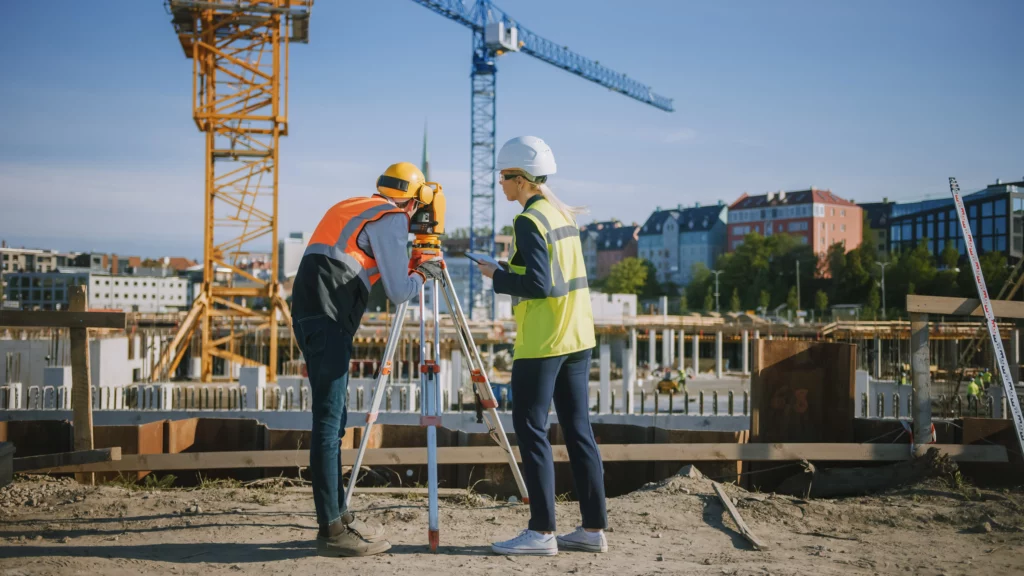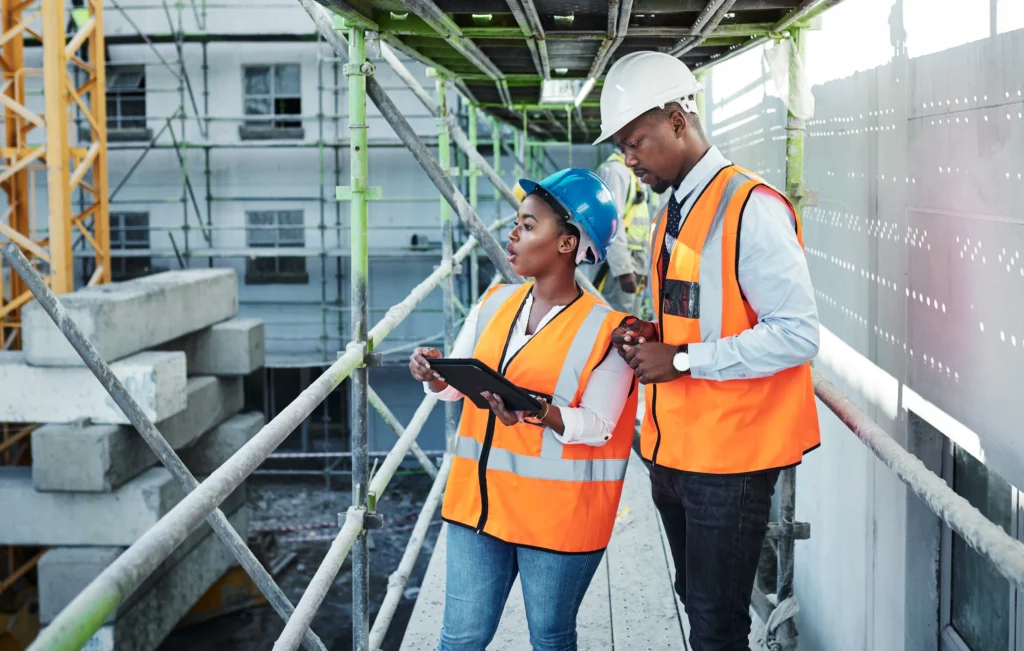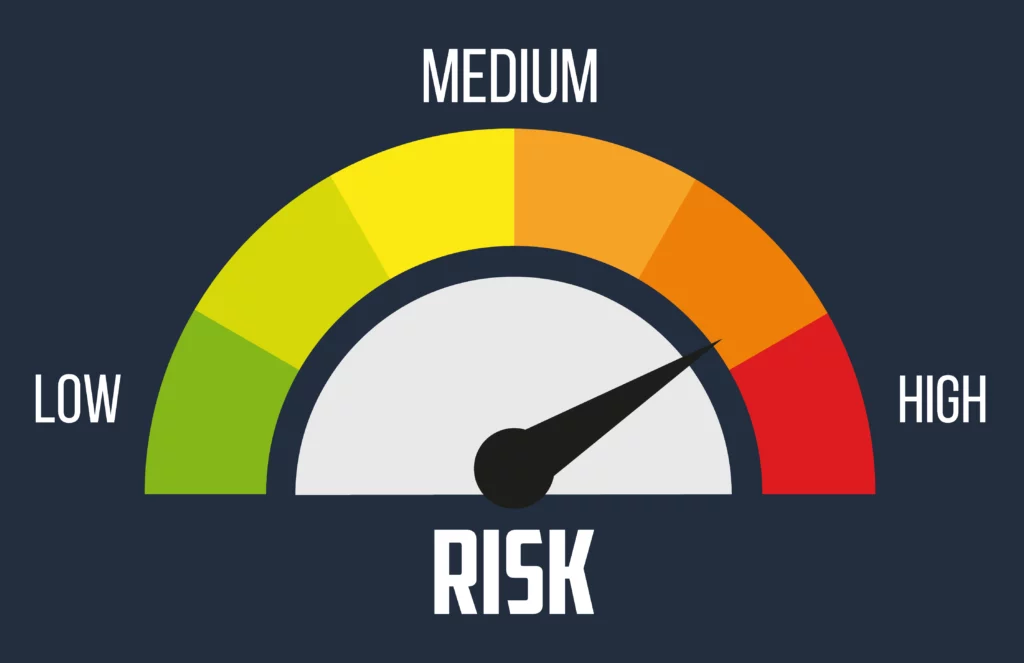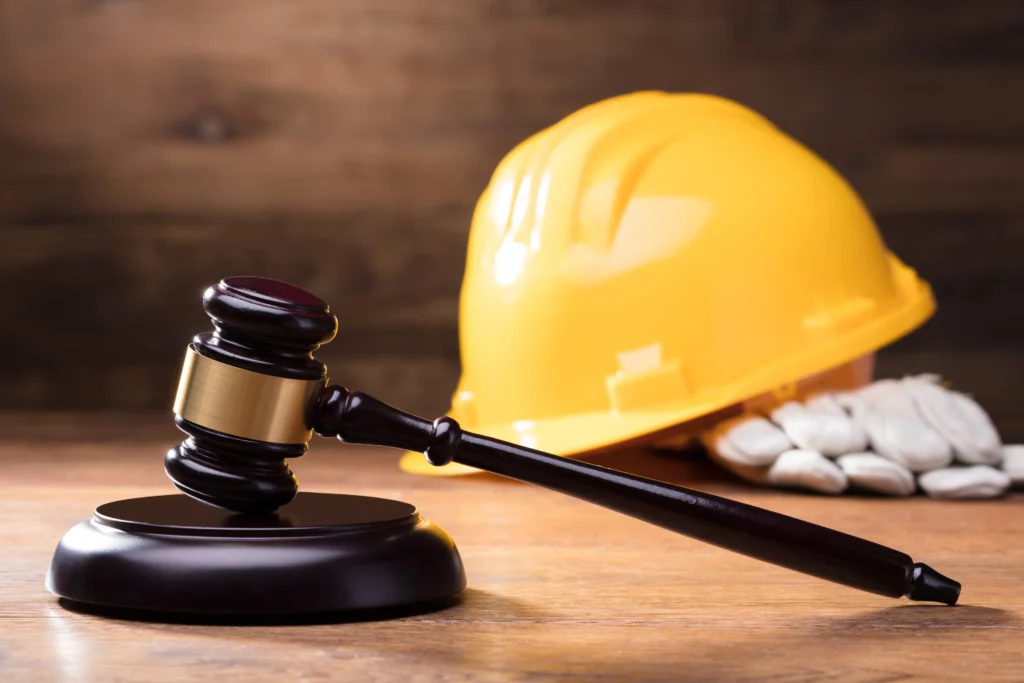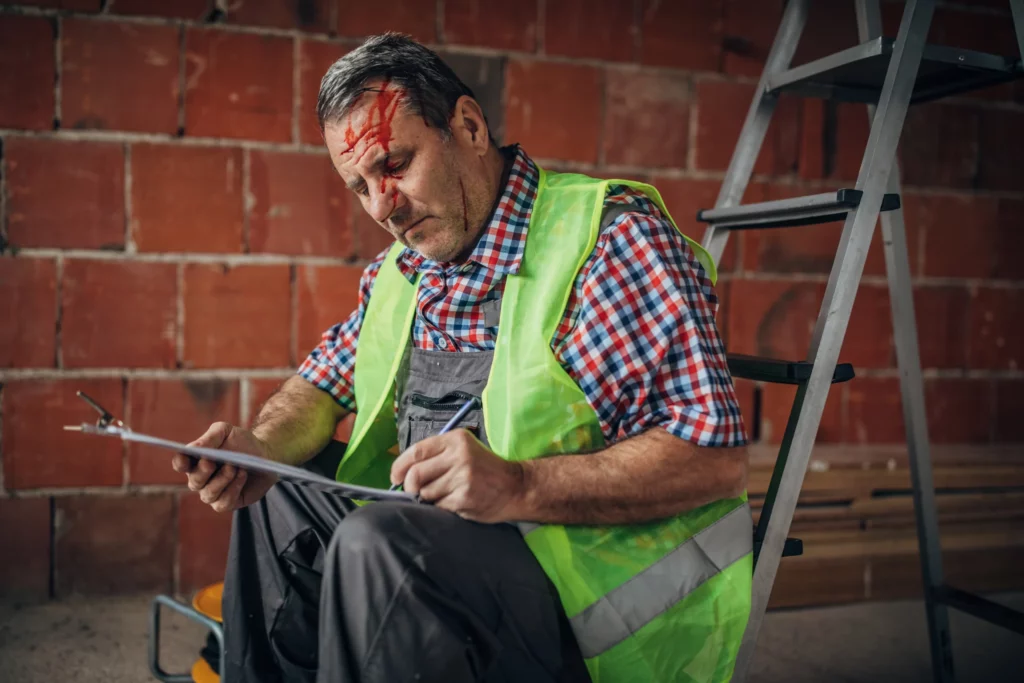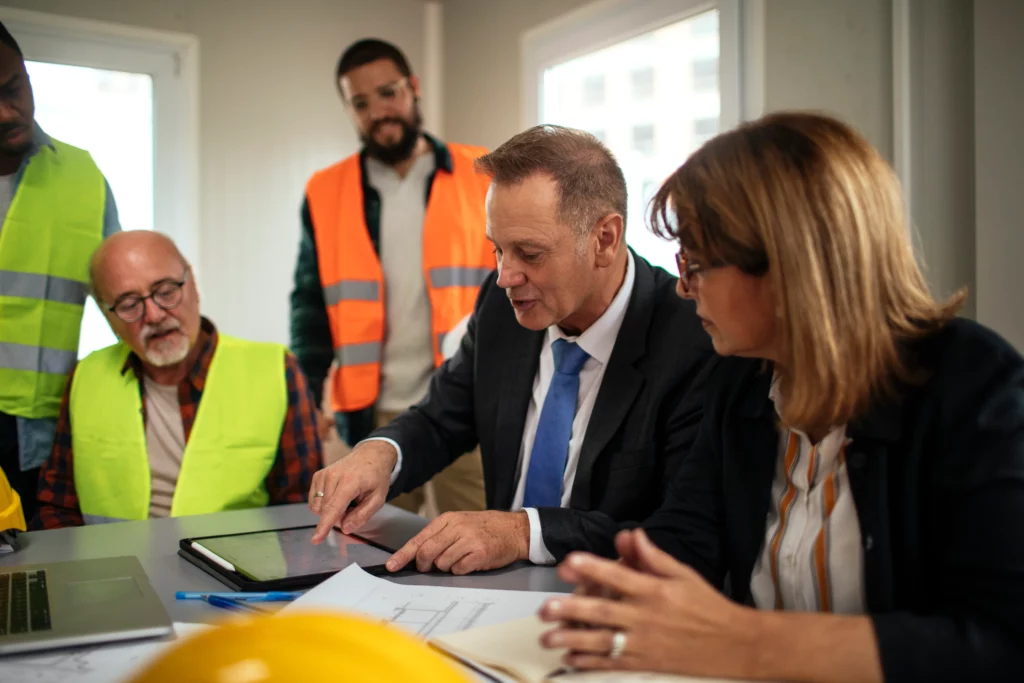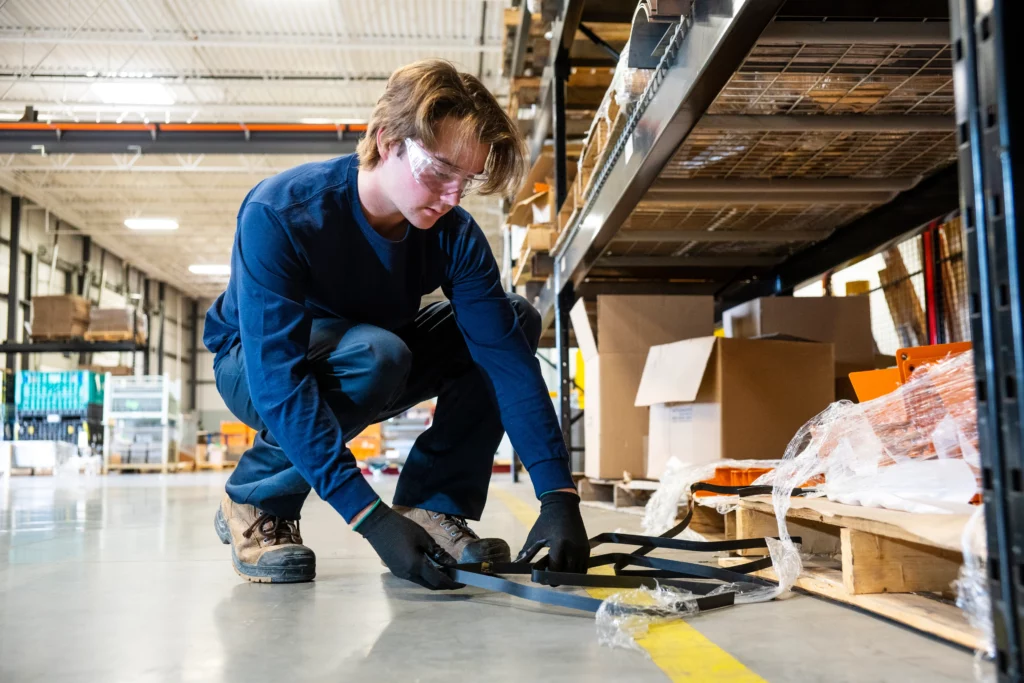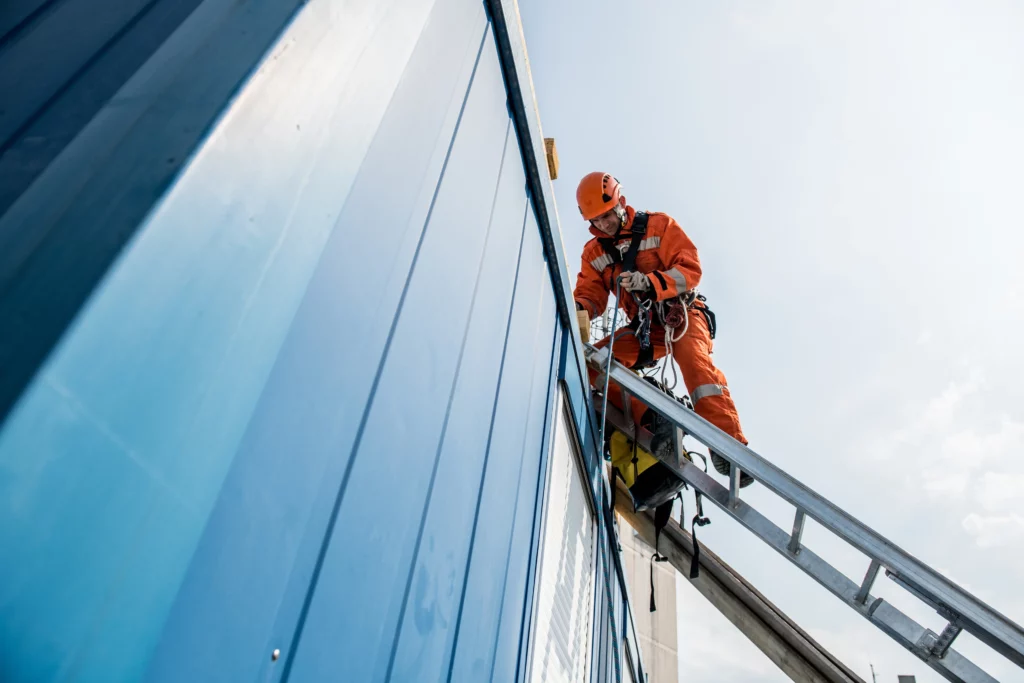Part 3
Please read part 2 continuing, where we looked at the role of the Principal Contractor, as we will now cover the role of a Contractor (sometimes referred to as a Sub-Contractor).
The best way to understand the role of a Contractor within CDM 2015 is to view this role in 2 Scenarios:
Scenario 1 – Contractor working on a project for a Principal Contractor
Scenario 2 – Contractor working on site as a single contractor (single contractor project), normally small work packages.
During this blog, we will cover both scenarios to fully understand the main responsibilities and duties of a Contractor within CDM 2015.
Who is a Contractor?
A Contractor can be an individual, a sole trader, a self-employed worker or a business that carries out, manages or controls construction work. Anyone who directly engages construction workers or manages construction work is a contractor. This includes companies that use their workforce to carry out construction work on their premises. The duties of contractors apply whether their workers are employees, self-employed or agency workers. To control risk and maintain health and safety contractors should familiarise themselves with the construction safety documents and the health and safety file requirements.
What are Contractor duties?
The main duty of a Contractor is to plan and manage construction work under their control so that it is carried out in a way that controls risk to health and safety. This duty, as stated above, is split into
2 x scenarios with separately defined responsibilities and duties as follows:
Scenario 1 – Contractor working on a project for a Principal Contractor, responsibilities are as follows:
- Ensuring that their workforce is competent and authorised to carry out the site works as directed and instructed by the Principal Contractor
- To ensure that a method statement (RAMS) is compiled detailing the hazards/risks and safety control measures to be followed, specific to the scope of works (not generic) being conducted. In addition, the RAMS must be briefed to the workforce before work commencing works.
- Issue a copy of the RAMS to the Principal Contractor before works commence
- Attend a Project Safety Induction before works commence
- Communicate and cooperate with the Principal Contractor and all other Contractors.
Scenario 2 – Contractor working on site as a single contractor (single contractor project), normally small works packages. The Contractors responsibilities are as follows:
- When there is only a single contractor on site, the Contractor has to perform additional duties, such as the compilation of a Construction Phase Plan (CPP) that covers the works being undertaken. This includes risk assessments (RAMS)
- Responsible for ensuring that all workers receive a Project Safety Induction
- Ensuring that all works are managed and controlled by implementing the following:
- Ensuring that adequate welfare facilities are provided (by the Clients instructions)
- Ensuring that measures are put in place for site security (only permitting authorised persons)
- Competent supervision of the works being conducted
- Monitoring works for compliance with safety best practices (SSOW)
The flowchart below details an overview of both scenarios detailed above:

The full series covering CDM Compliance
Sources for this blog:
Construction (Design and Management) Regulations – CITB
Construction – Construction Design and Management Regulations 2015 (hse.gov.uk)
